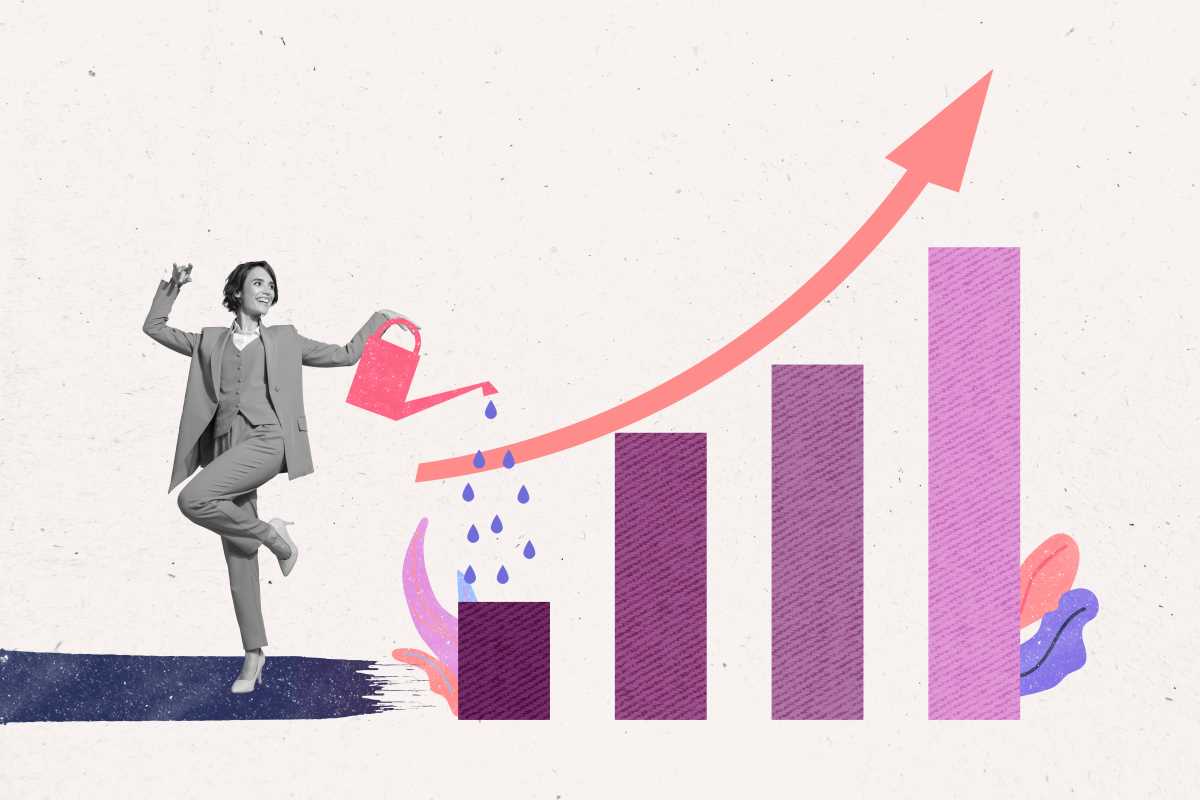High achievers often find themselves walking a delicate line between exceptional performance and burnout. While their drive for excellence propels them to remarkable achievements, it can also lead to exhaustion, diminished satisfaction, and compromised well-being. Understanding and managing this balance is essential for sustained success and personal fulfillment.
Understanding High Achiever Burnout
High achiever burnout differs from typical workplace stress due to several unique characteristics. These individuals often struggle with perfectionist tendencies and have difficulty delegating responsibilities. Their identity becomes heavily intertwined with professional success, making it challenging to recognize personal limits or step back when needed. Below are some early warning signs:
- Mental Indicators:
- Decreased creativity and innovation
- Decision-making paralysis
- Memory issues and brain fog
- Difficulty concentrating
- Reduced problem-solving ability
- Physical Manifestations
- Persistent sleep disturbances
- Chronic fatigue that doesn't improve with rest
- Frequent headaches or muscle tension
- Compromised immune system
- Changes in appetite or eating patterns
Immediate Relief Strategies
When burnout symptoms first appear, implementing immediate relief strategies is crucial. Begin by conducting a thorough assessment of your current workload and responsibilities:
- Conduct a workload audit and identify non-essential tasks
- Establish clear boundaries around work hours and availability
- Implement regular breaks during the workday
- Delegate tasks that others can handle
- Create a "not-to-do" list
The goal isn't to reduce productivity but to optimize energy expenditure and focus on high-impact activities that align with your core objectives.
Professional Recalibration
Professional recalibration involves stepping back to evaluate your career trajectory and workplace dynamics. This process requires honest self-assessment and strategic planning. There are a few ways to achieve this:
- Role Assessment
- Are your current responsibilities aligned with your strengths?
- Do you have adequate resources to meet expectations?
- Is there a clear path for growth and development?
- Workplace Dynamics
- Quality of professional relationships
- Communication patterns and effectiveness
- Available support systems
- Team dynamics and collaboration opportunities
Building Sustainable Practices
Developing sustainable practices is essential for long-term success. This involves creating systems that support both professional excellence and personal well-being. These are some daily habits to cultivate:
- Start each day with a brief planning session
- Take regular breaks using the Pomodoro Technique
- Schedule focused work periods for complex tasks
- End each day with a wind-down routine
- Maintain clear boundaries between work and personal time
Recovery and Renewal Strategies
Recovery isn't just about taking time off—it's about intentional practices that restore energy and enthusiasm. There are a handful of essential recovery components:
- Physical Well-being
- Regular exercise tailored to your schedule
- Consistent sleep schedule
- Nutritious eating habits
- Regular health check-ups
- Mental Restoration
- Mindfulness or meditation practice
- Creative pursuits outside of work
- Learning new, non-work-related skills
- Regular social connection
Professional Development with Balance
Continuing to grow professionally while avoiding burnout requires a strategic approach to development opportunities.
These are a few balanced growth strategies:
- Choose one major professional development goal per quarter
- Seek projects that energize rather than drain you
- Build in reflection time after completing major initiatives
- Cultivate mentor relationships that provide perspective
- Focus on quality of contribution over quantity of activities
Future-Proofing Your Career
Creating a sustainable career requires consistent effort in professional growth and personal well-being. Achieving long-term success involves a balance between career management and life integration. Regularly updating and expanding your skills ensures you remain competitive and adaptable to changing industry trends. Maintaining a strategic network of contacts provides opportunities and fosters mutual support and learning. Staying aware of shifts within your field and adapting accordingly can help you navigate challenges and capitalize on emerging opportunities. Developing a clear personal brand that reflects your expertise and values is another cornerstone of career longevity, as it strengthens your professional identity.
Equally important is integrating your career with your personal life in a way that promotes balance and fulfillment. Periodically reassessing your work-life boundaries helps maintain harmony between professional demands and personal needs. Checking in with your values ensures that your career path aligns with what truly matters to you, fostering satisfaction and purpose. Nurturing personal and professional relationships strengthens your support system and provides emotional resilience. Additionally, cultivating personal interests outside of work enhances your well-being and broadens your perspective, enriching your personal and professional life. Together, these strategies create a robust foundation for a career that can thrive through change and time.
Moving Forward
Remember that managing career burnout while maintaining high achievement is not about working less—it's about working smarter and more sustainably. Success comes from managing energy effectively, maintaining clear boundaries, and ensuring that professional excellence doesn't come at the cost of personal well-being. These action steps can help you begin:
- Conduct a personal energy audit
- Identify your top three stress triggers
- Create a daily renewal routine
- Establish clear work boundaries
- Build a support network of peers and mentors
The journey to sustainable high achievement is ongoing. Start with small changes, monitor their impact, and adjust as needed. Your career is a marathon, not a sprint—pace yourself accordingly!
 (Image via
(Image via





